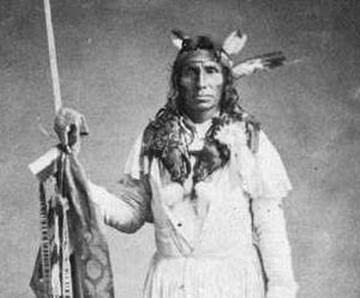 Little Crow.
Little Crow. Little Crow, not among those captured and executed, was killed in a shootout with white settlers (who were apparently out to pick raspberries) in July of 1863 near Hutchinson, Minnesota. The story of Little Crow's remains is interesting to me for two reasons. First, it contributes to our understanding about what the phrase "double row of teeth" might have meant in the nineteenth century. Second, and more importantly, it is a vivid example of how Native Americans were regarded in this country in the 1800s and how their physical remains were treated.
The body, clearly that of a Native American, was not immediately identified as that of Little Crow. That didn't stop the locals from abusing it, however. I haven't yet tracked down original accounts of the events that followed the shooting of Little Crow, but I found a 1962 article titled "The Shooting of Little Crow: Heroism or Murder?" by Walter N. Trenerry that appeared in Minnesota History:
"The search party callously removed the dead Indian's scalp and went back to town. Later that day the body was
loaded on a wagon, brought into Hutchinson, and there tossed into the refuse pit of a slaughterhouse, like an animal carcass.
About a week later some local ghoul pried the corpse's head off with a stick and left this gruesome object "lying on the prairie for some days, the brains oozing out in the broiling sun."
No one knew at this time who the victim was. He appeared middle-aged; he had curiously deformed forearms; and he had the physiological oddity of a double row of teeth. Although several Hutchinson residents thought that the man looked familiar to them, no one seemed able to identify him positively."
The Wikipedia entry also states that "His body was dragged down the town's Main Street while firecrackers were placed in his ears and nose." If you have any doubt of the validity of the claim that Native Americans were treated with extreme brutality in this country in the past, I encourage you to go and read some newspapers from the 1800s. The language and what it describes are appalling.
Until I get the original sources cited by Trenerry, I won't be able to see exactly what the 1863 accounts say about a "double row of teeth." As I have written previously (e.g., here, here, and here), context and exact wording are important. I found one later newspaper article that suggests to me, however, that the identification of a "double row of teeth" was based on a misinterpretation of the normal arrangement of tooth root sockets (alveoli) in the maxilla. A story in The New York Times (April 14, 1879) reads as follows:
GHASTLY RELICS.
The St. Paul (Minn.) Pioneer-Press prints the following communication:
LANESBORO, Fillmore County, March 28.--The Pioneer-Press of March 20 states that Dr. Twitchell, of Chatfield, has presented the State Historical Society with a part of Little Crow's skeleton. The skull of that famous chief is now the most prized relic in my collection of Indian curiosities. It was presented to me by an esteemed friend, the Hon. James Farmer, of Spring Valley. Mr. Farmer had it secreted in his house for several years, hidden in a nook covered with lath and plaster. I am now corresponding with Mr. Lamson who shot Little Crow, and hope soon to possess the gun with which he was killed. The sister of Little Crow's slayer (Mrs. Frank Ide) lives within four miles of Lanesboro. The skull is fractured in places where the stake was thrust through when the citizens of Hutchinson carried it though the town in triumph. The alveolar process (which held the teeth) are double, showing that the chief must have had a double row of teeth in the upper jaw. I have the skulls of "Spotted Horse" and "Two Fathers." Also many relics from the scene of the Sioux-Pawnee massacre on the Republican River in 1872, which I gathered before the Indians were all dead. D. F. Powell, M. D.
This account suggests to me that Dr. Powell made the same basic anatomical mistake as Bigfoot researcher Daniel Dover: he interpreted the parallel rows of root sockets associated with maxillary molars as evidence that two rows of teeth had been present in life. Notice how he specifies that a "double row of teeth" was present in the upper jaw, not the lower jaw (the mandibular molars typically only have two roots). I could be wrong, but I think it's likely that Dr. Powell just didn't know what he was looking at. He would certainly not be the first physician in the 1800s (or today, for that matter) to demonstrate a less-than-perfect knowledge of human skeletal anatomy.
Apparently Little Crow's remains eventually ended up in the care of The Minnesota Historical Society. This website shows a photo of what is apparently Little Crow's scalp in the Smithsonian. The remains were returned to Little Crow's grandson in 1971 and subsequently buried.
Another thing worth knowing: the bodies of the Sioux executed after the war in 1862 were used for medical study. William Worrall Mayo, father of the brothers who founded the Mayo Clinic, received the remains of Mahpiya Okinajin (aka He Who Stands in Clouds aka Cut Nose) and reportedly kept them in a rendering kettle in his home and used them to teach his sons anatomy. The remains were returned to the Sioux in the 1990s. A piece of skin from Cut Nose, found curated at the Grand Rapids Museum, was also returned for reburial.
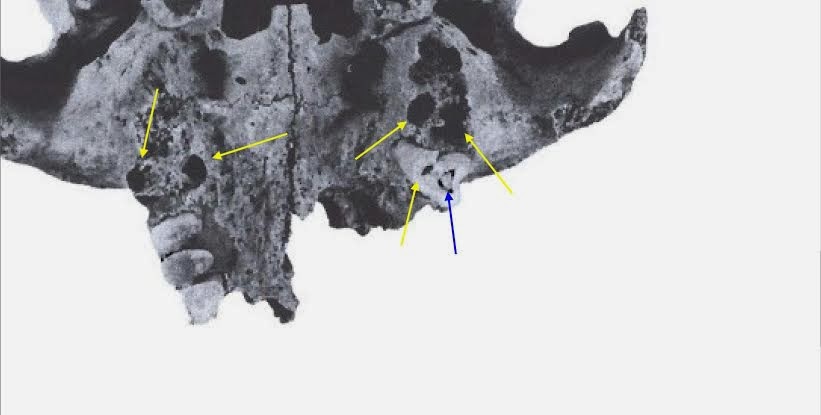
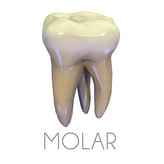
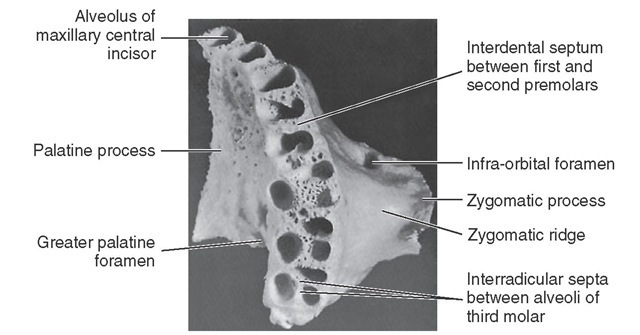
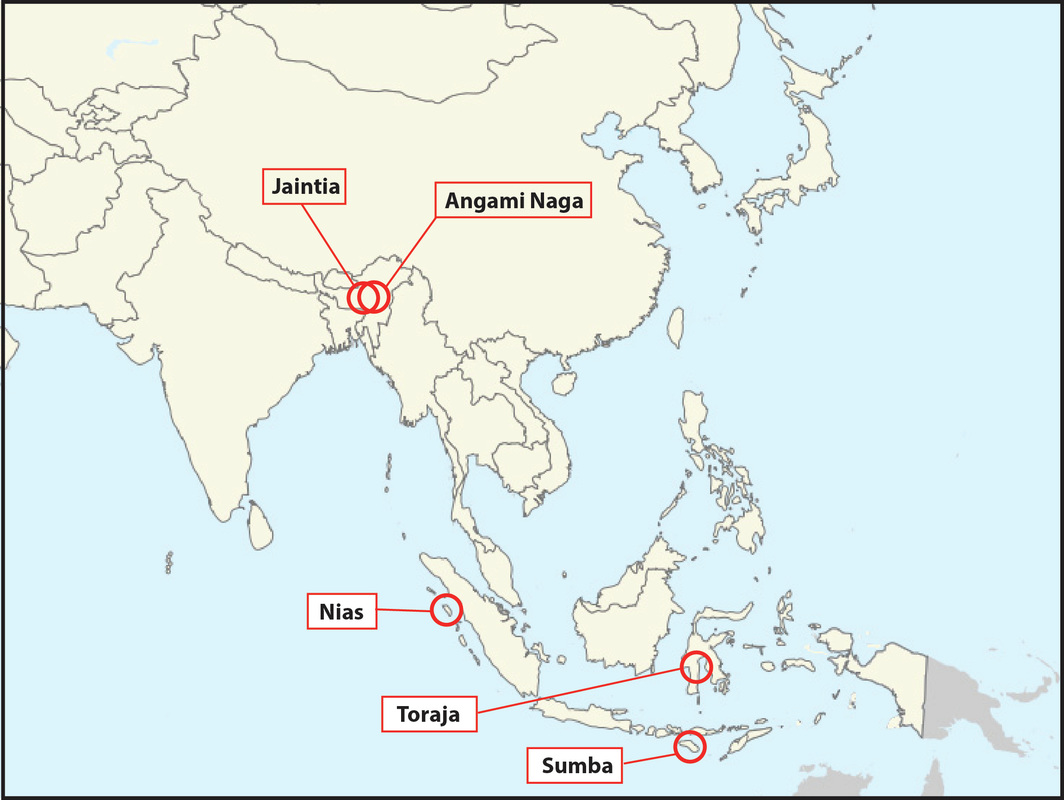
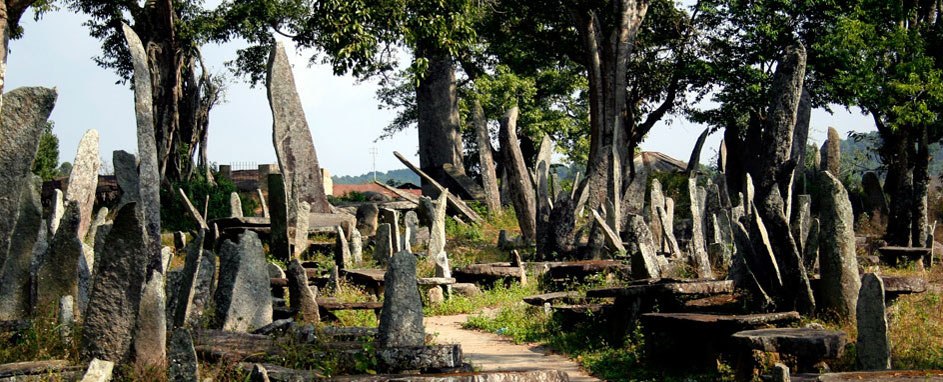

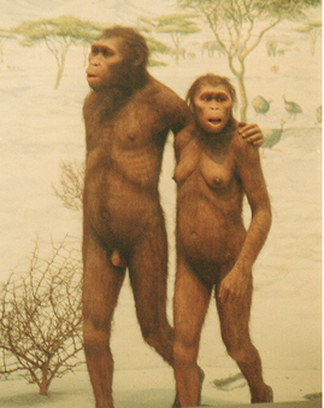

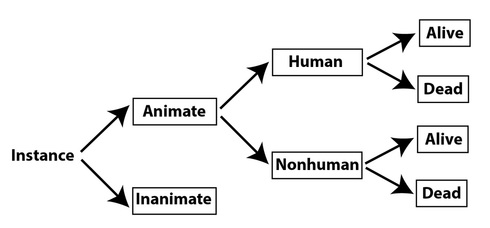

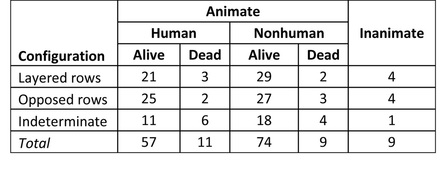
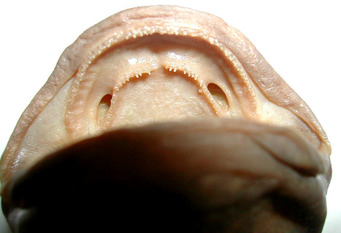
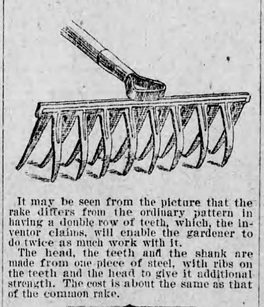
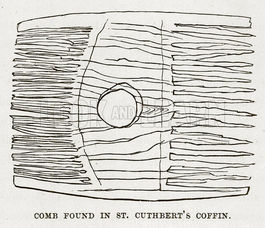
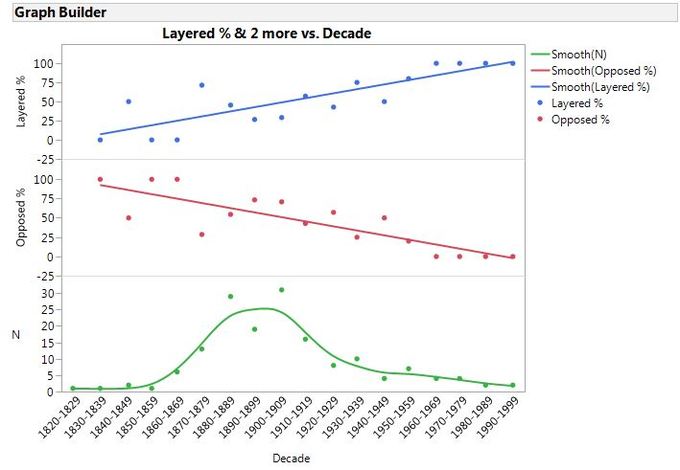
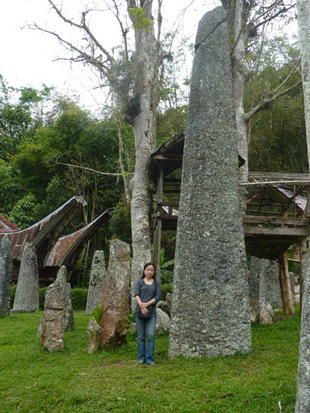
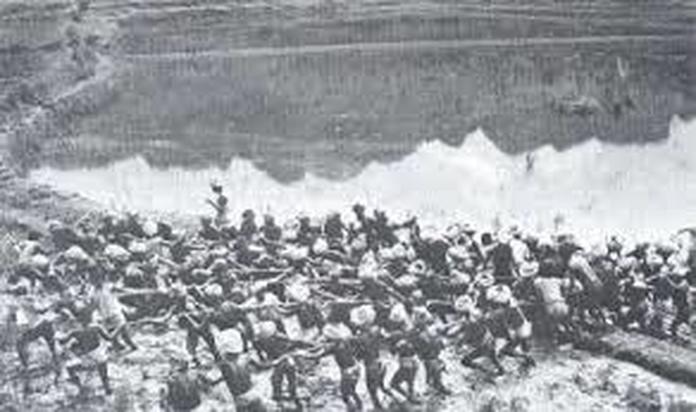
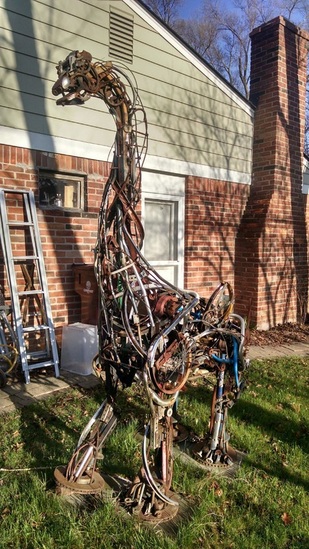
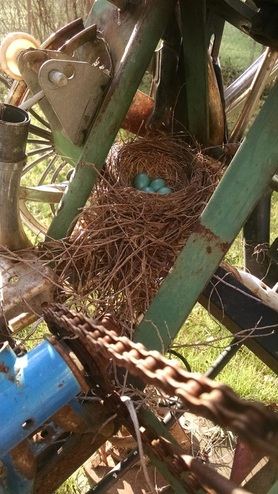
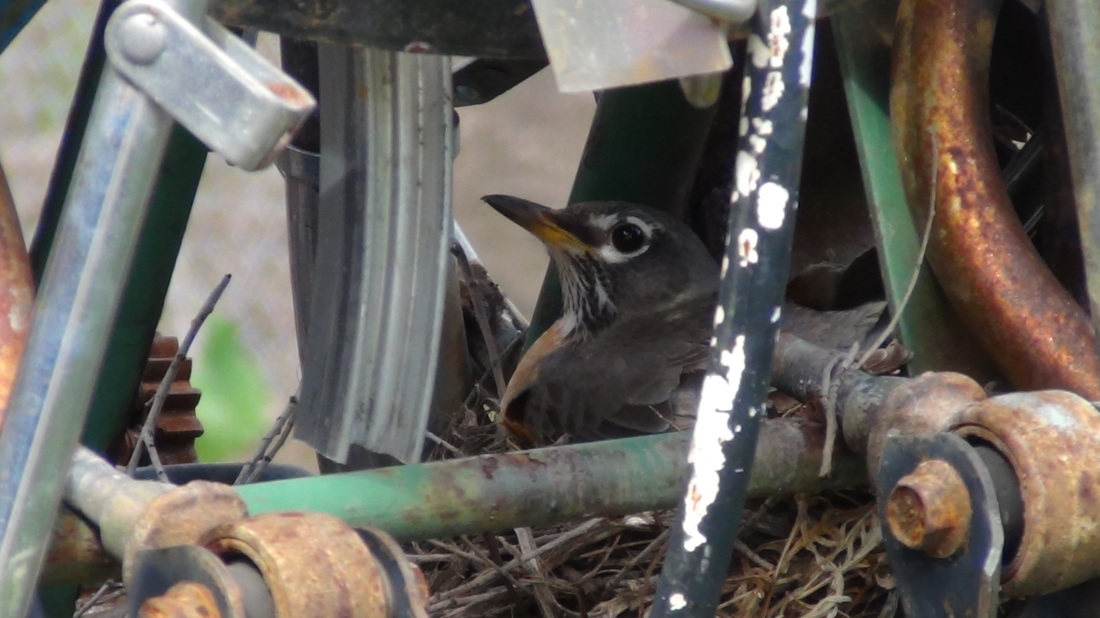
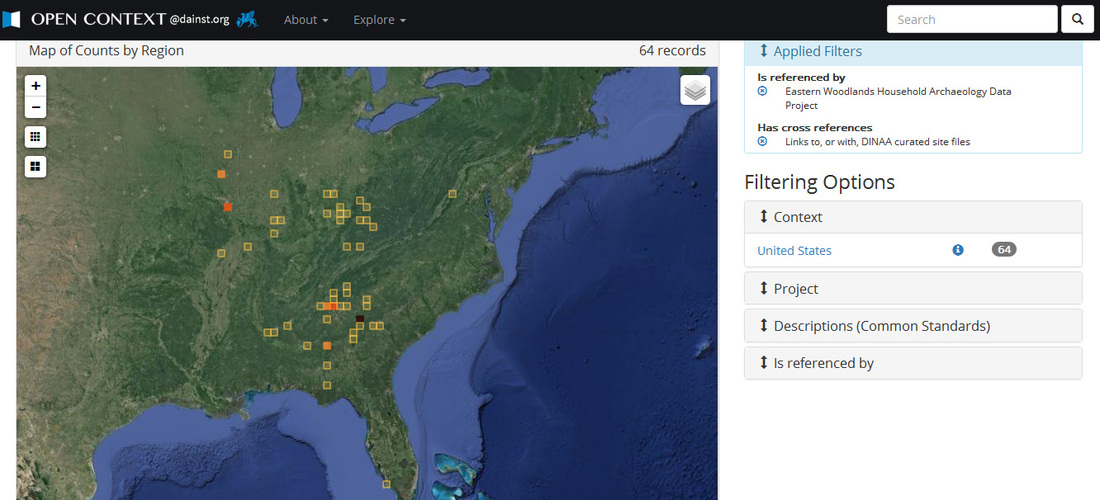
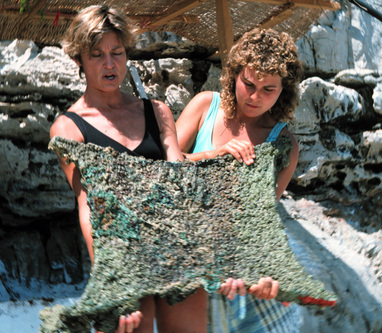

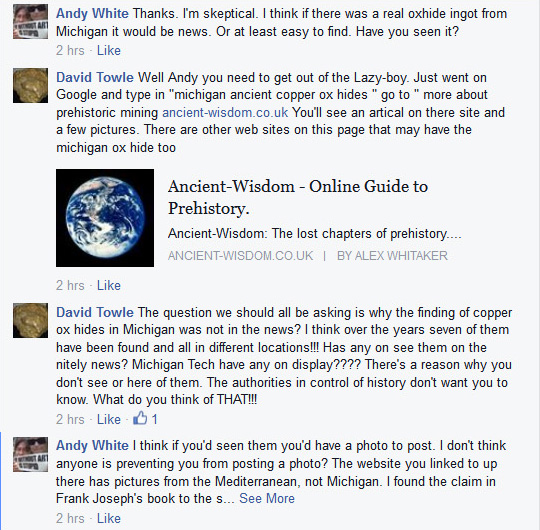
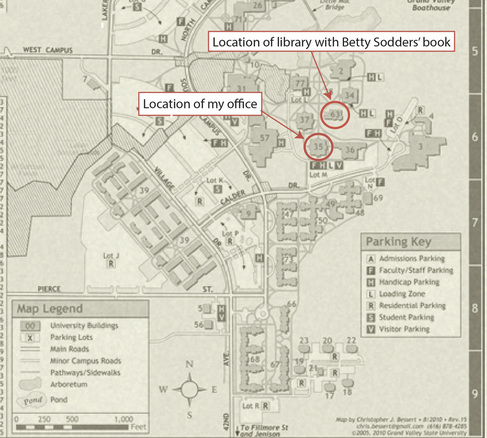
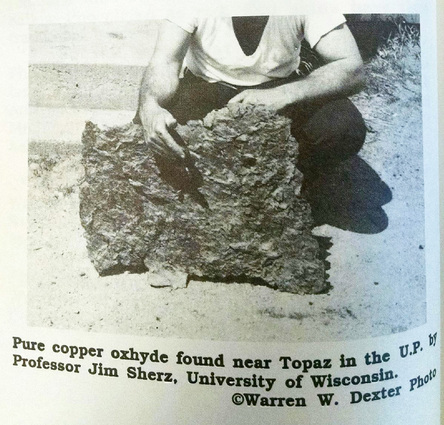


 RSS Feed
RSS Feed
